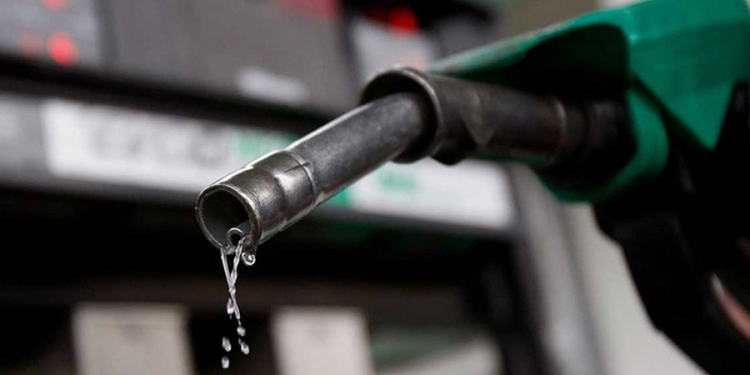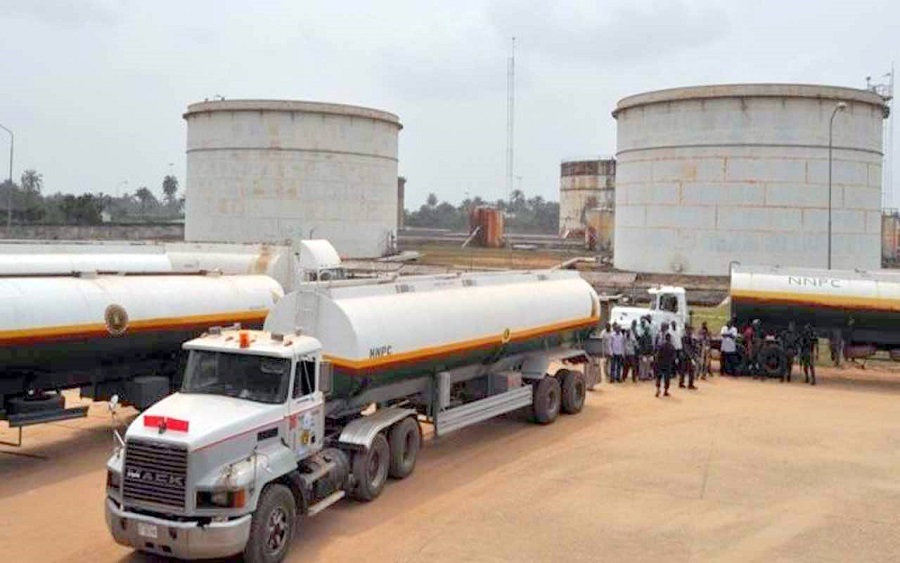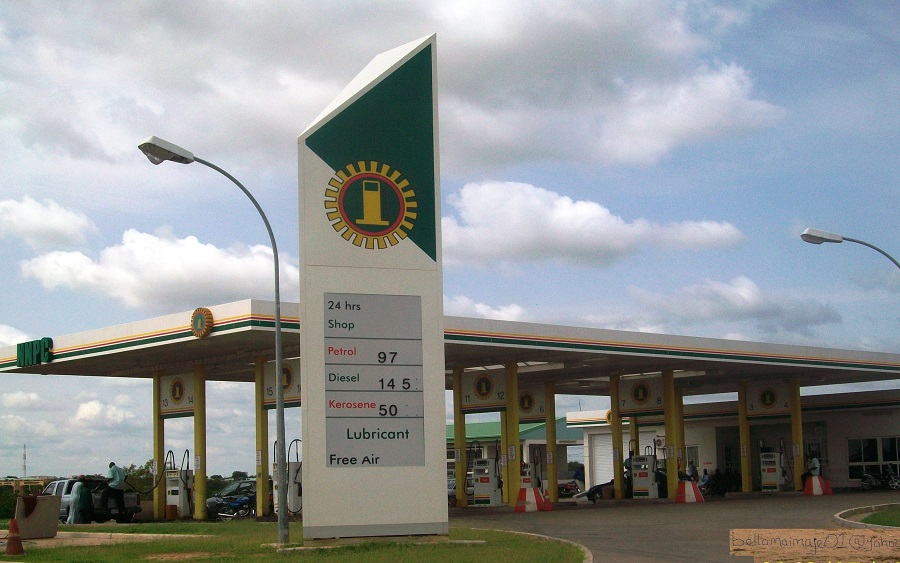Key highlights
- MOMAN’s industry datasheet has shown a 4-day fuel price data at Nigeria’s depots and the prices seem to be stable across the highlighted days.
- In January 2023, MOMAN expressed support for the removal of fuel subsidies and full deregulation of the downstream sector.
- The last fuel scarcity in Nigeria occurred because of distribution and foreign exchange challenges.
In its Industry Data Sheet, the Major Oil Marketers Association of Nigeria (MOMAN) outlined the prices of fuel in various hubs across the country between April 11 to April 14.
According to MOMAN, the naira per litre prices were calculated based on the Central Bank of Nigeria (CBN) rate of N460 to a dollar. The prices are as follows:
April 11
- Warri/Oghara Hub – N197
- Calabar Hub – N200.40
- Port Harcourt Hub – N207
- Satellite Hub –N192.40
- Ibafon/Tincan Hub – N192
- Apapa Hub – N192
April 12
- Warri/Oghara Hub – N197
- Calabar Hub – N201.50
- Port Harcourt Hub – N204
- Satellite Hub – N189.80
- Ibafon/Tincan Hub – N188
- Apapa Hub – N189.75
April 13
- Warri/Oghara Hub – N197
- Calabar Hub – N201.50
- Port Harcourt Hub – N204
- Satellite Hub – N189.80
- Ibafon/Tincan Hub – N190.13
- Apapa Hub – N189.75
April 14
- Warri/Oghara Hub – N195
- Calabar Hub – N198
- Port Harcourt Hub – N201.67
- Satellite Hub – N189.40
- Ibafon/Tincan Hub – N189.75
- Apapa Hub – N190
The retail fuel price Context
A review of these prices showed them as reasonably stable. However, when there is a high demand for fuel and there are challenges in distribution, the prices could skyrocket. Right now, there is no fuel scarcity in the country and retail fuel is selling for an average of N200 per litre in Abuja filling stations, apart from NNPC filling stations that can sell for N190 or N195 per litre.
As Nairametrics reported in January 2023 when there was some level of fuel scarcity in some parts of the country, MOMAN had admitted to logistics and foreign exchange challenges as being the reason for scarcity and increased costs of retail fuel.
At the time, MOMAN had said that fuel queues were caused by exceptionally high demand and bottlenecks in the distribution chain. The Association stated further that the major cause was the shortage and high US dollar costs of daughter’s vessels for ferrying products from mother vessels to depots along the coast.
The Association also said there was an inadequate number of trucks to meet the demand to deliver products from depots to filling stations nationwide. So, high logistics and exchange rate costs were putting pressure on prices at the pumps.
The fuel subsidy context
MOMAN has previously revealed that it supports the removal of fuel subsidies. In January 2023, the Association stated:
- “A final resolution to these challenges will be the full deregulation of the petroleum downstream sector to encourage the liberalization of supply and long-term investment distribution assets. We urge the government to work towards this end goal.”



















